Traditional bathing cultures around the world offer therapeutic experiences that combine healing waters with centuries-old social customs, creating opportunities for relaxation and cultural immersion that go far deeper than modern spa treatments. While Iceland’s Blue Lagoon and Japan’s onsen receive international attention, numerous other cultures have developed sophisticated bathing traditions that remain largely unknown to global travelers.
These authentic thermal experiences provide insight into local customs while delivering genuine health benefits through mineral-rich waters and time-tested bathing practices. From ancient Roman-style baths to indigenous healing springs, traditional bathing cultures span continents and centuries.
Here is a list of 19 traditional baths that offer authentic cultural experiences beyond the well-known Icelandic and Japanese options.
Turkish Hammam
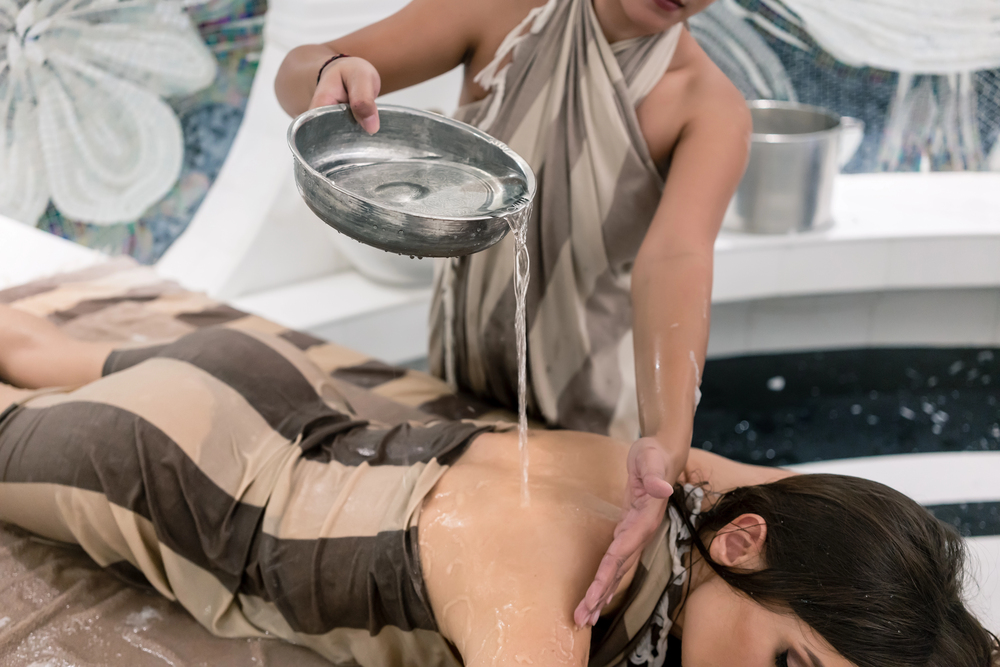
Istanbul’s traditional baths date back to Ottoman times when elaborate marble chambers provided community gathering spaces where people of all social classes could cleanse both body and spirit. The hammam experience begins in a steam room heated by underground furnaces, followed by vigorous scrubbing with coarse mitts that remove dead skin and improve circulation.
Attendants pour warm water from copper bowls while providing massage services that combine a therapeutic touch with centuries of accumulated knowledge about human anatomy. Modern hammams maintain traditional architecture while adapting to contemporary hygiene standards, creating experiences that feel both authentic and comfortable for international visitors.
Russian Banya
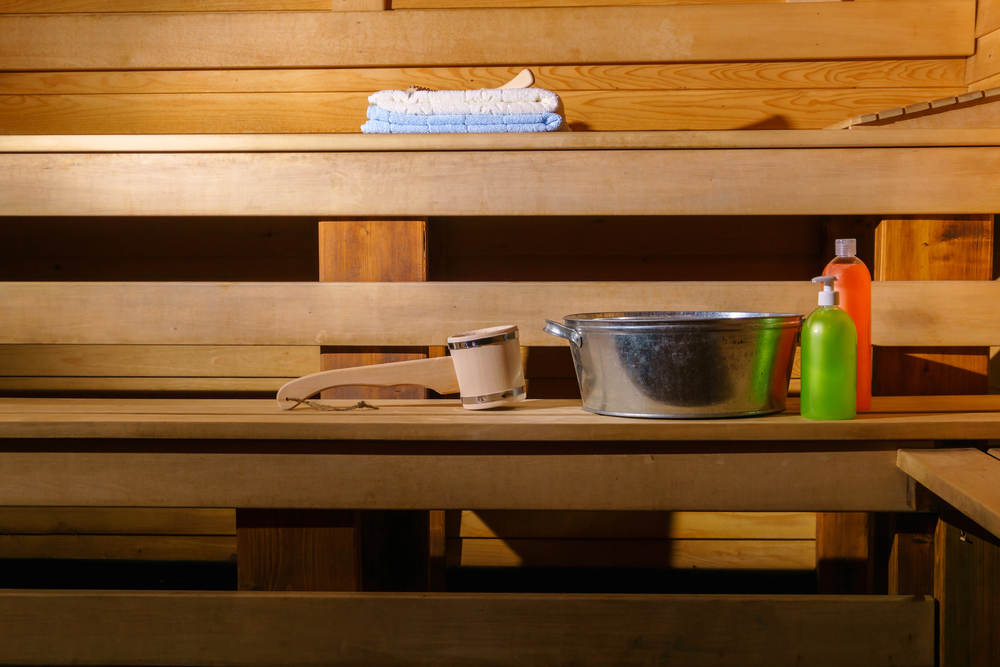
Siberian communities developed these intensely hot steam baths using local birch wood and traditional construction techniques that create temperatures reaching 200 degrees Fahrenheit. The banya experience includes ritual beatings with birch branches called venik, which stimulate circulation and release aromatic oils that purify both air and skin.
Between steam sessions, participants plunge into ice-cold pools or roll in the snow, creating temperature contrasts that proponents claim to boost immune system function and mental clarity. Russian families often spend entire afternoons in banya facilities, combining cleansing rituals with social gatherings that strengthen community bonds.
Like Travel Pug’s content? Follow us on MSN.
Korean Jjimjilbang
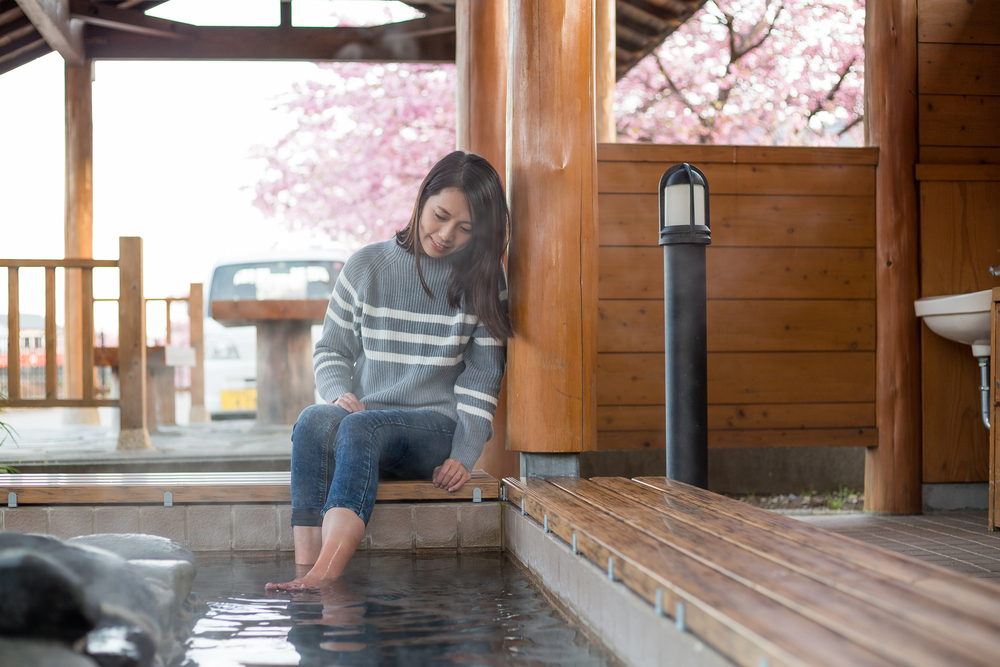
Seoul’s elaborate bathhouse complexes operate 24 hours daily, providing comprehensive wellness experiences that include multiple temperature pools, saunas, sleeping areas, and restaurant facilities, often doubling as affordable overnight accommodation alternatives while offering traditional Korean bathing practices like body scrubbing services performed by skilled attendants. Different pools contain various mineral additives, including green tea, ginseng, and medicinal herbs, that address specific health concerns according to traditional Korean medicine principles.
The communal nature creates social opportunities where strangers share meals and conversations, demonstrating Korean hospitality customs that extend beyond mere bathing.
Hungarian Thermal Baths
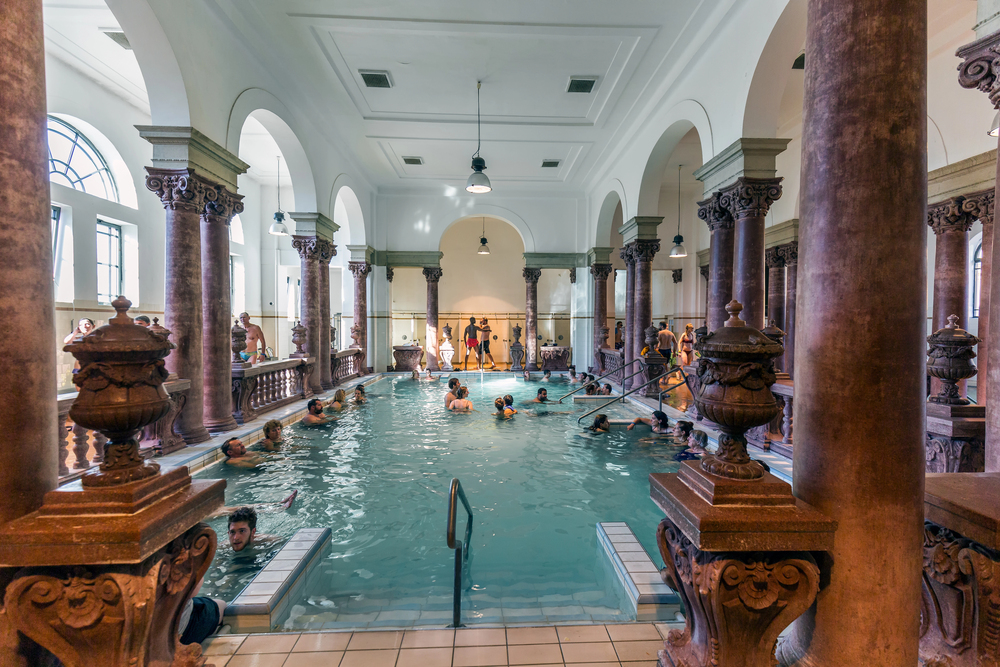
Budapest’s historic bathhouses utilize natural hot springs that Romans first developed for therapeutic purposes, with modern facilities maintaining architectural grandeur that reflects the city’s imperial heritage. Széchenyi Baths features outdoor pools where locals play chess while soaking in mineral-rich waters, creating surreal scenes of intellectual activity amid steaming thermal pools.
The thermal waters contain sulfur, calcium, and magnesium that supposedly treat arthritis, circulation problems, and skin conditions according to centuries of local medical tradition. These establishments function as social clubs where regulars maintain daily routines that combine health benefits with community interaction.
German Baden-Baden
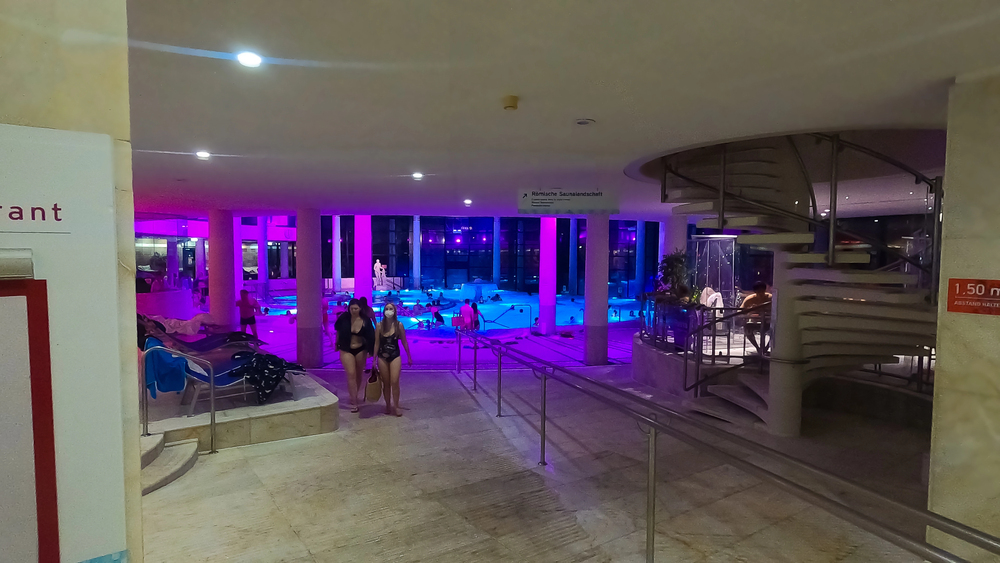
The Black Forest spa town maintains Roman bathing traditions through elaborate facilities that combine ancient thermal springs with 19th-century European spa culture. Friedrichsbad follows a prescribed 17-step bathing ritual that alternates between hot and cold treatments, steam rooms, and mineral pools according to protocols developed by German physicians.
The facility maintains strict clothing-optional policies that initially shock international visitors but quickly feel natural within the context of Germanic wellness traditions. Local thermal waters contain radon and other minerals that German medical authorities recognize for treating rheumatic conditions and respiratory ailments.
Like Travel Pug’s content? Follow us on MSN.
Icelandic Geothermal Pools
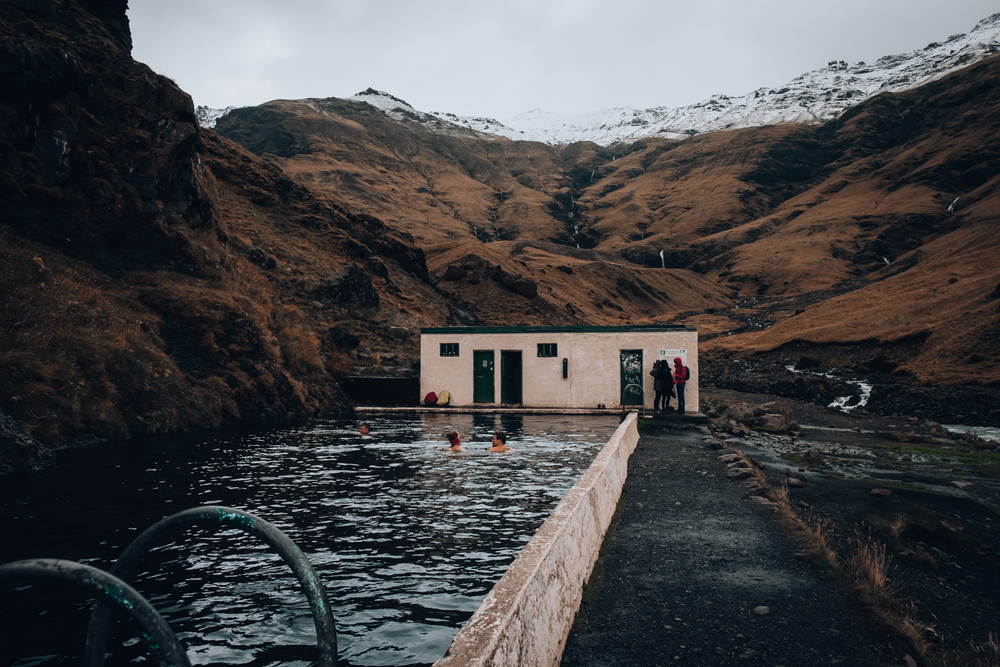
Beyond the famous Blue Lagoon, Iceland’s countryside features dozens of natural hot springs where locals maintain traditional bathing customs that predate tourism development by centuries. Seljavallalaug, a remote pool built in 1923, requires a hiking approach that filters out casual visitors while preserving authentic Icelandic bathing culture. These natural pools lack commercial amenities, creating experiences that emphasize connection with Iceland’s volcanic landscape rather than luxury spa treatments.
Traditional Icelandic bathing etiquette requires thorough washing before entering communal waters, reflecting cultural values that prioritize cleanliness and respect for shared resources.
Mexican Temazcal
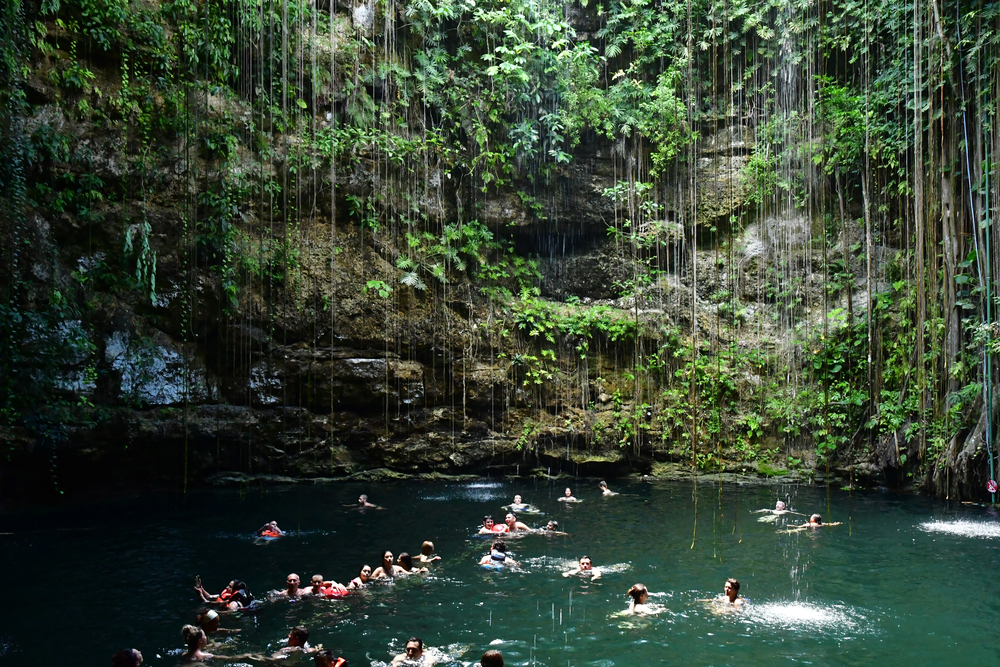
Indigenous Mexican communities maintain sweat lodge traditions that combine therapeutic heat with spiritual purification ceremonies led by experienced shamans or healers. The dome-shaped structures, heated with volcanic stones, create intense steam environments where participants release toxins through traditional chants and focused breathing exercises.
Clay and herbal preparations applied to the skin enhance the cleansing process while connecting participants to pre-Columbian healing traditions that survived Spanish colonization. Modern temazcal experiences often incorporate traditional Mexican music and storytelling, creating cultural immersion that extends beyond physical cleansing.
Finnish Sauna
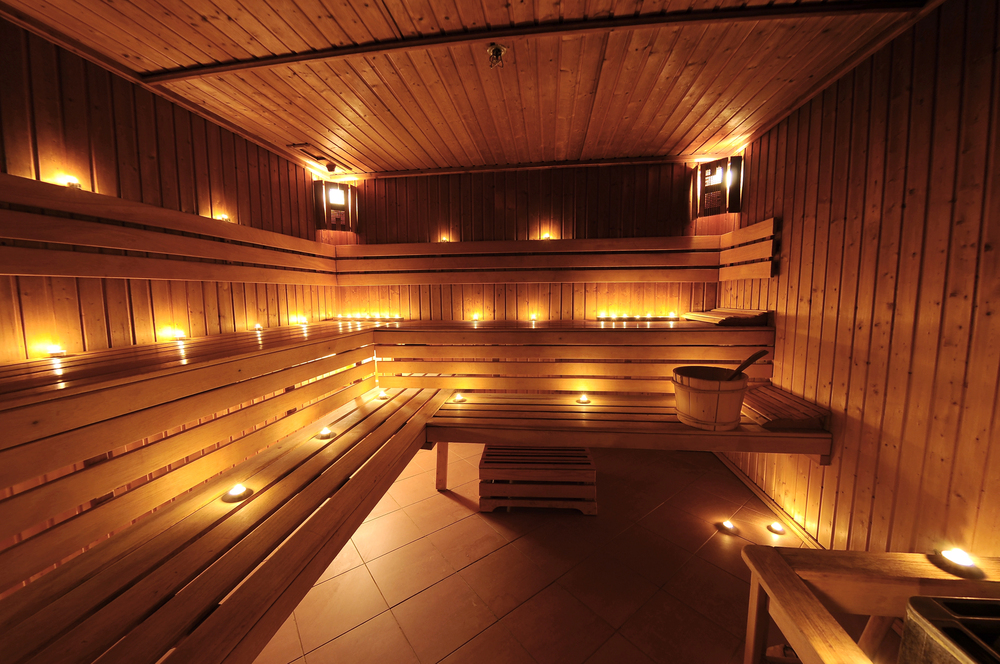
Rural Finnish communities consider the sauna an essential part of weekly routines, with traditional wood-fired saunas that create dry heat experiences distinct from steam-based bathing cultures. The Finnish approach emphasizes extreme temperature contrasts, with participants alternating between 200-degree saunas and ice-cold lake plunges that supposedly improve cardiovascular health and mental resilience.
Traditional sauna etiquette includes seating arrangements, appropriate conversation topics, and ritual cleansing procedures that reflect Finnish cultural values of equality and simplicity. Many Finnish families maintain private saunas where they gather for important conversations and life celebrations.
Like Travel Pug’s content? Follow us on MSN.
Moroccan Hammam
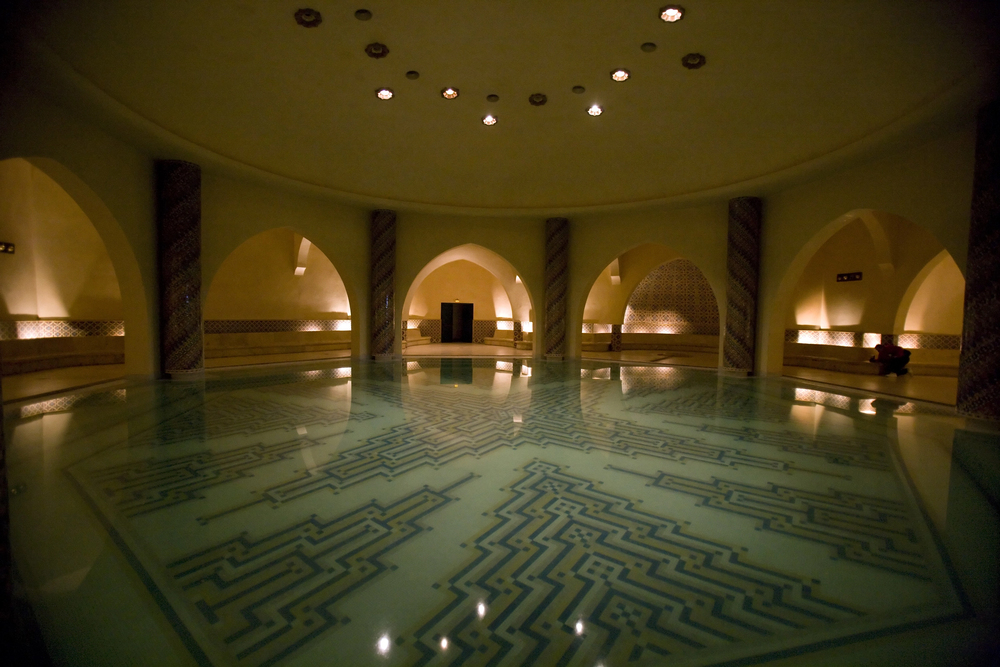
Traditional Moroccan baths utilize black soap made from olives and eucalyptus oil, combined with exfoliation techniques using rough gloves called Jessa that remove dead skin and improve circulation. The hammam experience occurs in marble chambers heated by underground furnaces, with attendants providing massage services using traditional techniques passed down through generations.
Argan oil applications follow the cleansing process, nourishing skin with Morocco’s indigenous beauty treatments that international cosmetics companies now seek to replicate. Local hammams serve as community centers where neighbors gather to share news and maintain social connections.
Ethiopian Hot Springs
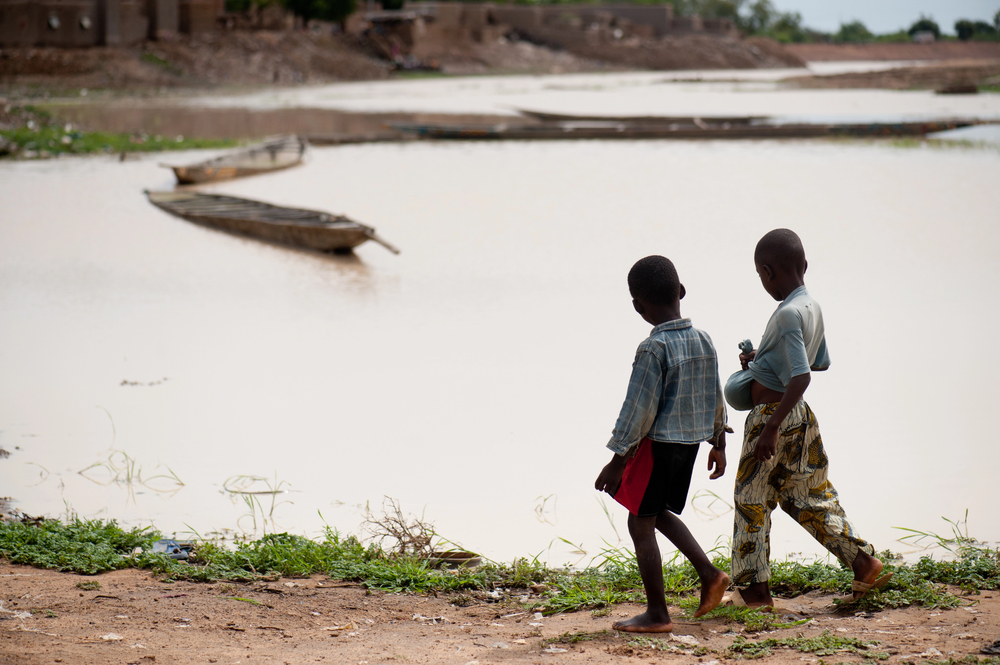
The Rift Valley region features natural hot springs where local communities have developed bathing traditions that combine therapeutic soaking with social gatherings and traditional music. Sodere Hot Springs Resort maintains facilities that preserve traditional Ethiopian hospitality while providing modern amenities for international visitors.
The mineral-rich waters supposedly treat skin conditions and joint problems according to traditional Ethiopian medicine, with local healers often present to guide proper bathing techniques. Community celebrations often center around hot spring visits, with extended families traveling significant distances to maintain connections while enjoying therapeutic benefits.
Romanian Thermal Baths
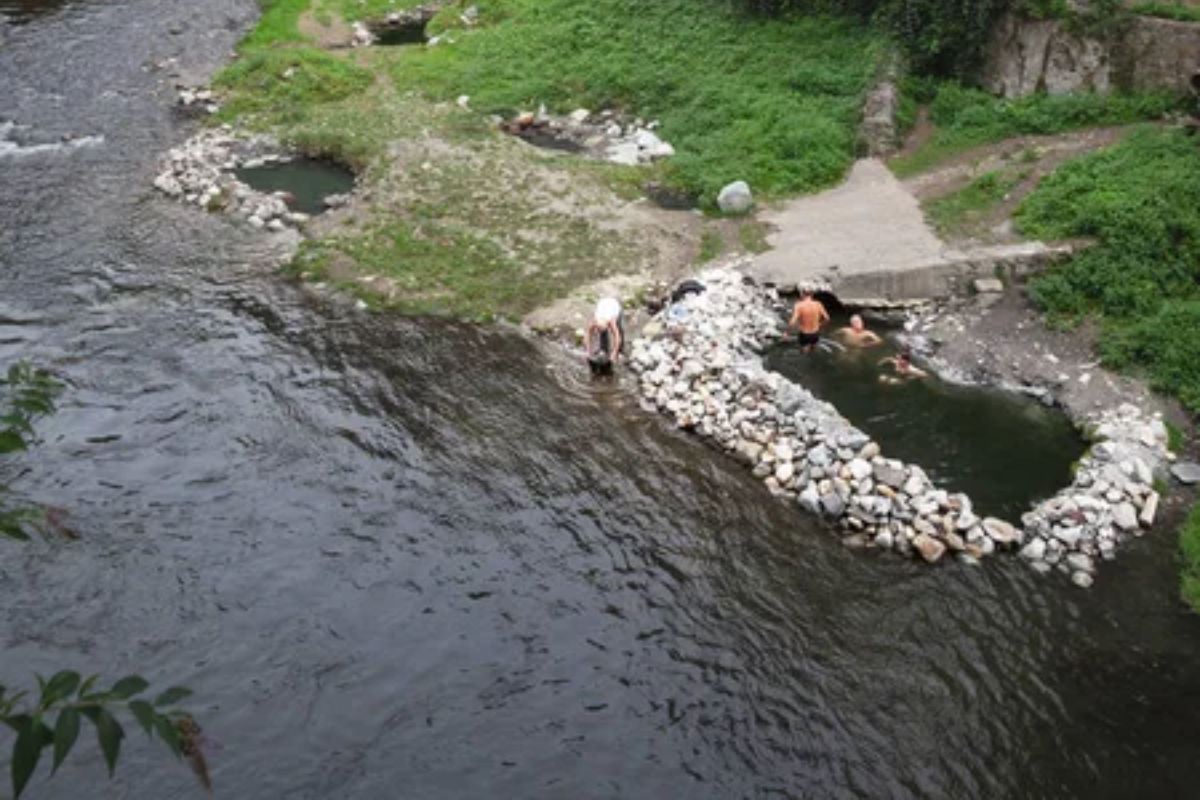
Transylvania’s thermal resorts utilize natural hot springs that Dacian tribes used before the Roman conquest, with modern facilities maintaining traditional Romanian wellness practices. Herculane Baths features Art Nouveau architecture surrounding ancient thermal springs that Roman emperors once visited for their supposed healing properties.
Traditional Romanian bathing includes mud treatments using local volcanic clay combined with thermal water immersion and massage techniques specific to Romanian folk medicine. The facilities often incorporate traditional folk music and local cuisine, creating comprehensive cultural experiences that extend beyond mere bathing.
Like Travel Pug’s content? Follow us on MSN.
New Zealand Maori Springs
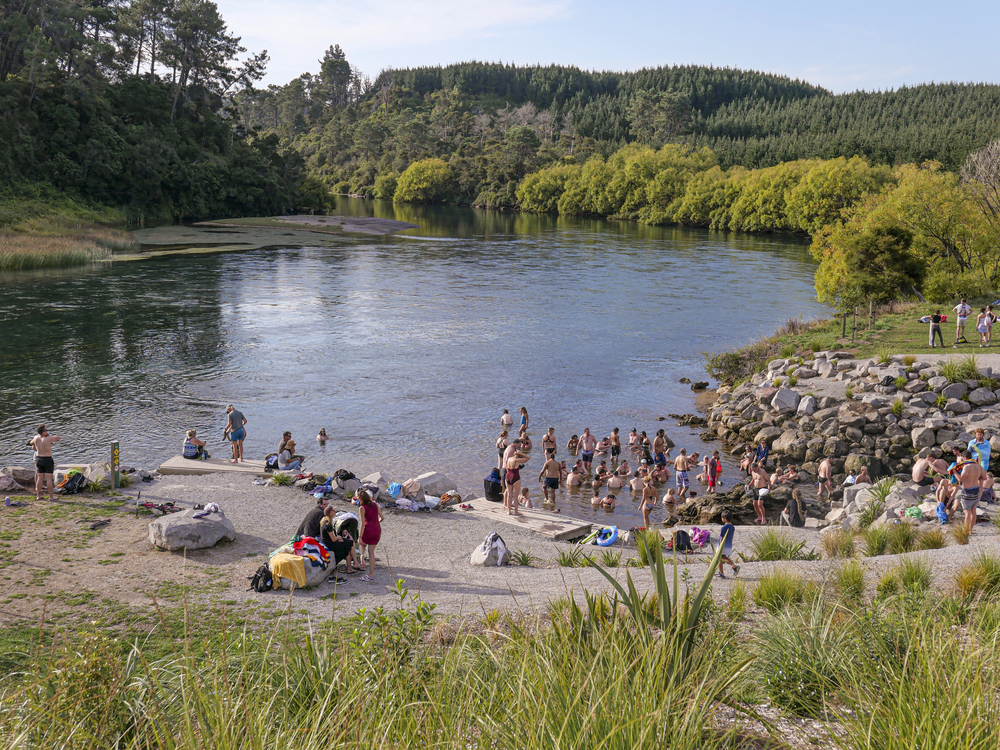
Rotorua’s geothermal features include traditional Maori bathing areas where Indigenous communities maintain customs that connect physical cleansing with spiritual purification. Te Puia and other cultural centers offer authentic Maori experiences that include traditional welcome ceremonies, hangi feasts cooked using geothermal heat, and bathing rituals performed according to Maori protocol.
The sulfur-rich waters create distinctive aromas that initially surprise visitors but quickly become associated with the healing properties that Maori tradition attributes to these sacred springs. Modern facilities balance cultural authenticity with visitor comfort while ensuring that tourism benefits support Maori communities.
Czech Republic Karlovy Vary
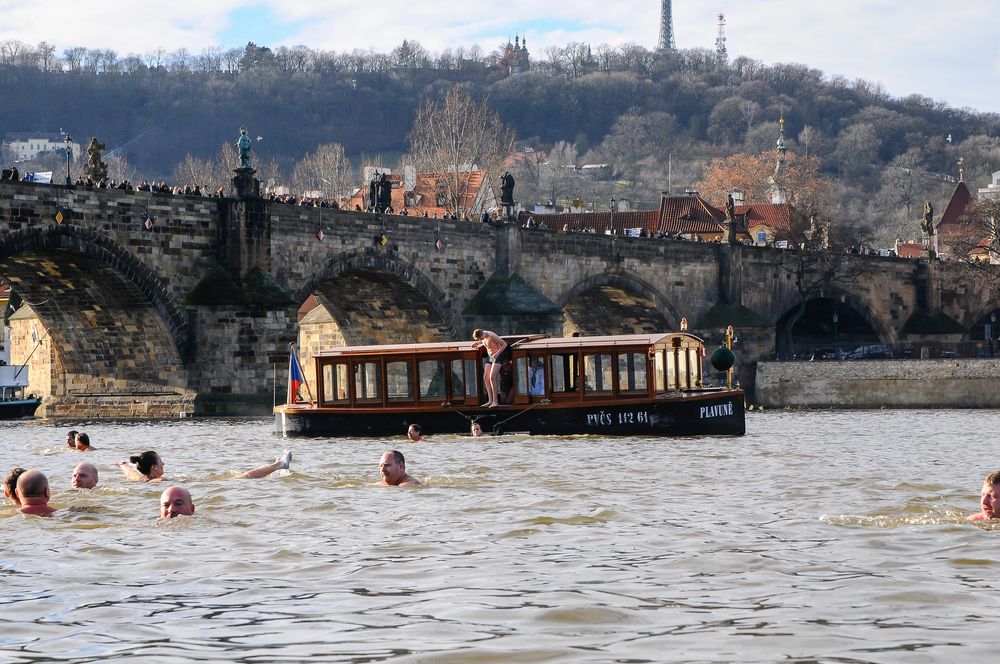
This historic spa town maintains a traditional European cure culture where visitors drink mineral water from ornate cups while following prescribed walking routes designed to optimize therapeutic benefits. The town’s dozen thermal springs each contain different mineral compositions that traditional Czech medicine associates with specific health conditions, from digestive problems to metabolic disorders.
Grand hotels provide traditional cure programs that combine thermal bathing with medical supervision, creating experiences that feel like stepping back into 19th-century European spa culture. Local glassblowers create traditional drinking cups that visitors use to sample different springs according to prescribed schedules.
Indian Ayurvedic Baths
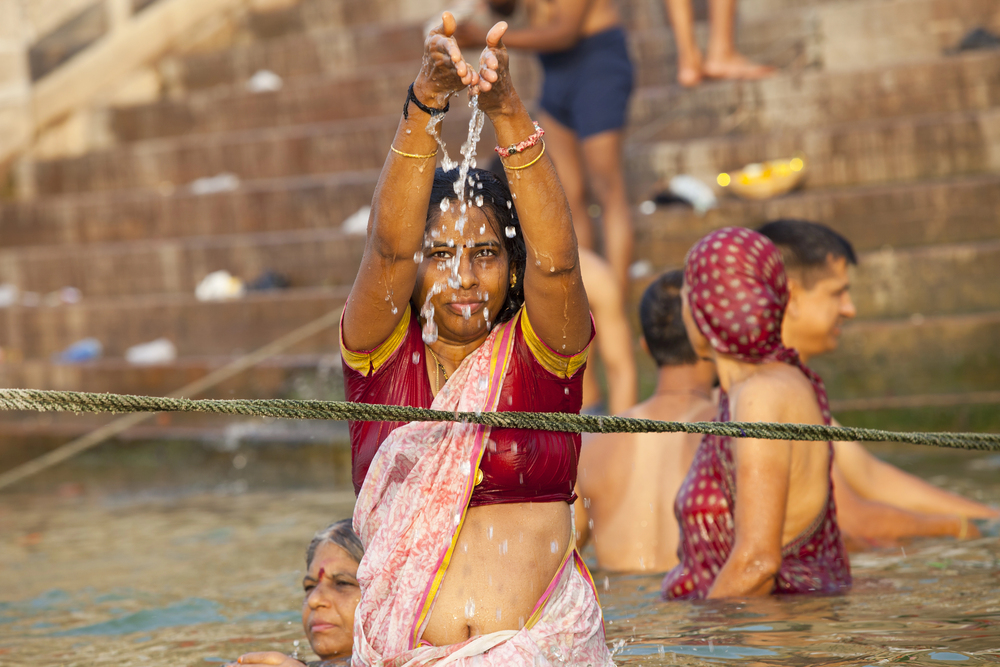
Kerala’s traditional wellness centers offer therapeutic baths that incorporate Ayurvedic principles, using herbal preparations customized to individual constitutions determined through traditional diagnostic methods. Panchakarma treatments include specialized oil baths, steam treatments, and massage techniques that supposedly balance bodily energies according to thousands of years of accumulated medical knowledge.
Traditional Ayurvedic practitioners prepare personalized treatment plans that address specific health concerns while promoting overall wellness through natural methods. The treatments often occur in serene settings that incorporate traditional Indian architecture and landscaping designed to enhance healing effects.
Like Travel Pug’s content? Follow us on MSN.
Peruvian Sacred Valley Springs
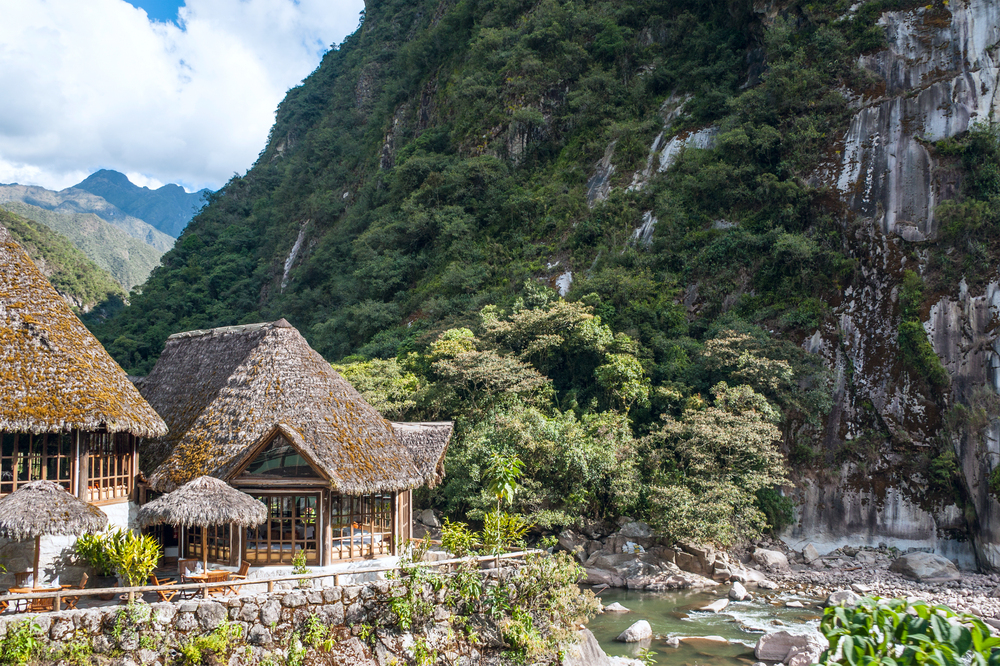
Andean communities maintain traditional bathing practices at natural hot springs located at high altitudes where the thin air intensifies the thermal experience. Aguas Calientes near Machu Picchu offers thermal baths that combine Inca traditions with modern facilities, creating experiences that connect visitors to pre-Columbian wellness practices.
Local healers often perform traditional ceremonies that incorporate coca leaves and other indigenous plants believed to enhance the therapeutic effects of mineral-rich waters. The dramatic mountain settings create meditative environments where thermal bathing becomes part of larger spiritual experiences.
Thai Traditional Baths
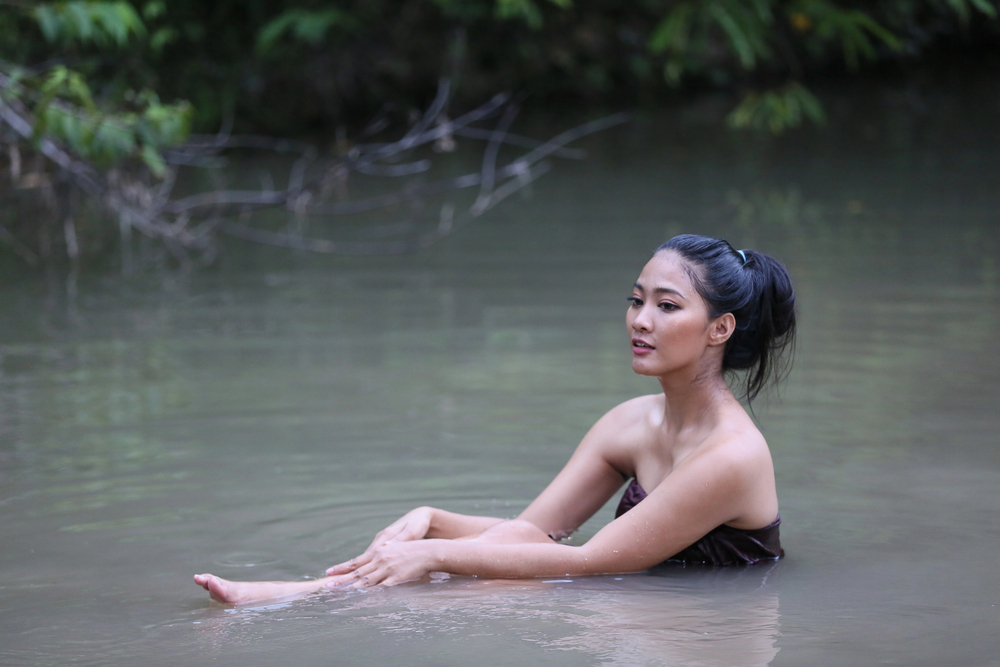
Northern Thailand’s traditional herbal steam baths utilize local medicinal plants, including lemongrass, eucalyptus, and traditional Thai herbs that create aromatic steam treatments combined with traditional Thai massage techniques. These treatments often occur in rural settings where local healers maintain knowledge about therapeutic plant combinations passed down through generations of traditional Thai medicine practitioners.
The steam baths prepare the body for traditional Thai massage by opening pores and relaxing muscles, creating comprehensive wellness experiences that address both physical and mental health concerns. Many treatments incorporate traditional Thai hospitality customs that make visitors feel welcomed into local communities.
Georgian Sulfur Baths
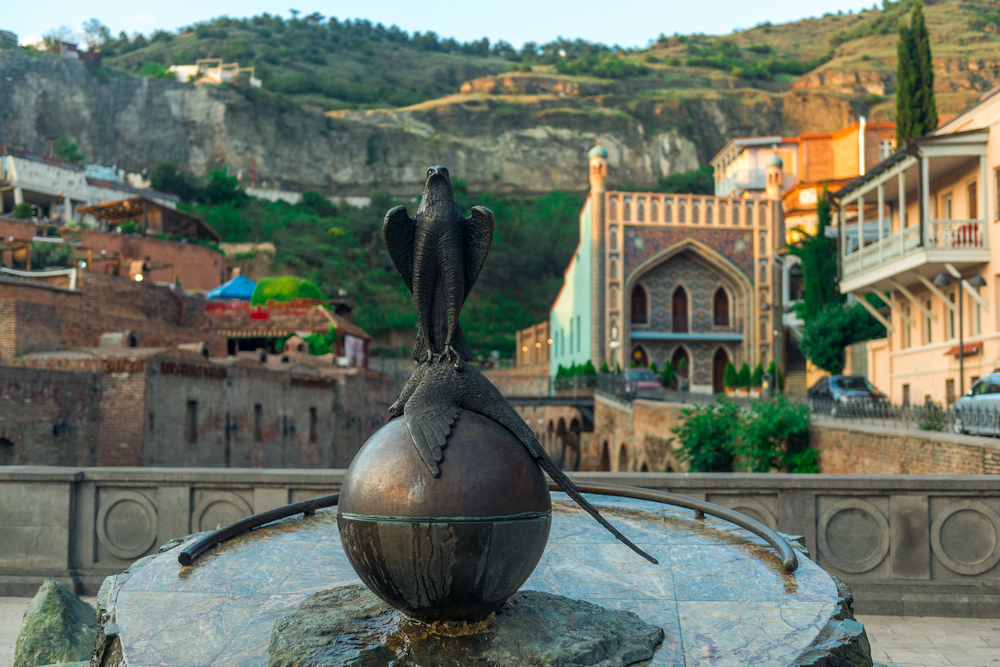
Tbilisi’s historic Abanotubani district maintains traditional sulfur baths housed in distinctive domed buildings that utilize natural hot springs flowing beneath the old city. These facilities preserve Georgian and Armenian bathing traditions that combine therapeutic sulfur water soaking with traditional massage techniques using local honey and salt scrubs.
The sulfur content supposedly treats skin conditions and joint problems according to traditional Caucasian medicine, with local attendants providing guidance based on generations of accumulated experience. The historic architecture creates atmospheric experiences that transport visitors to earlier eras of Silk Road trading culture.
Like Travel Pug’s content? Follow us on MSN.
Chilean Hot Springs
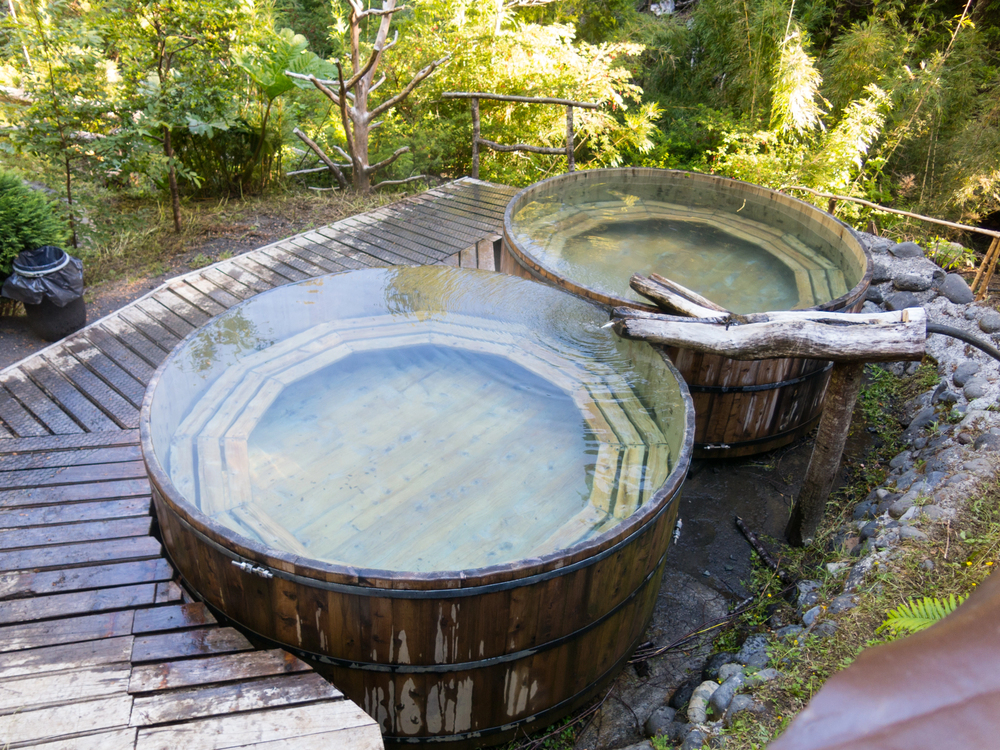
The Andes mountains contain numerous thermal springs where local communities have developed bathing traditions that combine indigenous Mapuche practices with European spa culture introduced by immigrants. Termas de Chillán offers facilities that preserve traditional Chilean hospitality while utilizing natural thermal waters that supposedly treat altitude sickness and respiratory conditions.
The dramatic mountain settings create opportunities for thermal bathing combined with outdoor activities like hiking and skiing, demonstrating how traditional wellness practices can integrate with adventure tourism. Local cuisine often features ingredients cooked using geothermal heat, creating comprehensive cultural experiences.
Albanian Traditional Baths
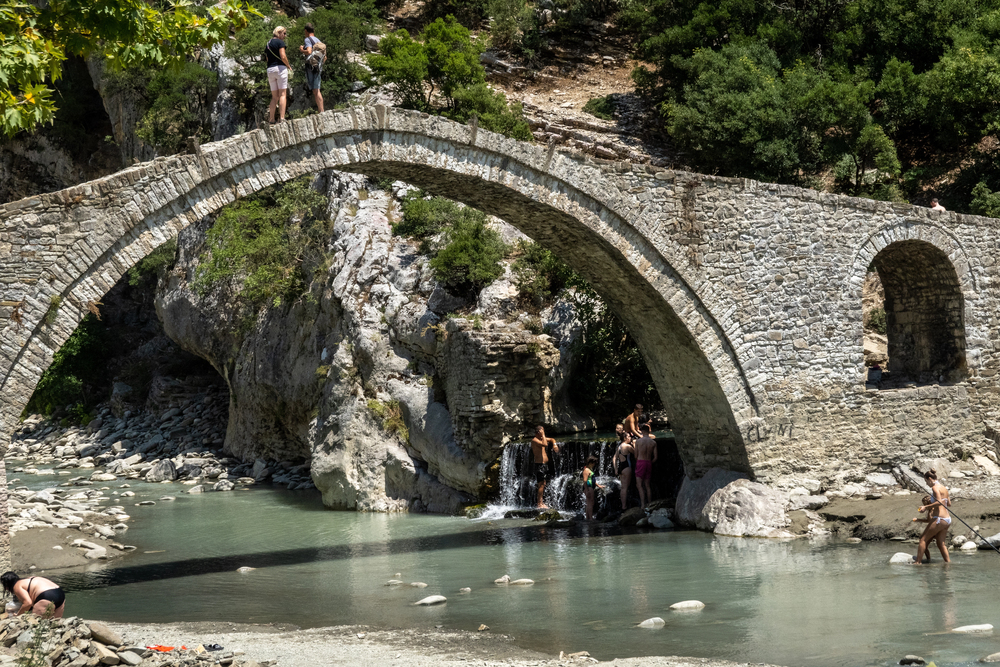
Historic cities like Berat maintain traditional Ottoman-era bathhouses that survived communist suppression and now offer authentic Balkan bathing experiences. These facilities preserve traditional Albanian hospitality customs while utilizing natural hot springs that locals have used for therapeutic purposes for centuries.
Traditional Albanian bathing includes specific rituals around cleanliness and social interaction that reflect the country’s complex cultural heritage, combining Illyrian, Ottoman, and Mediterranean influences. The bathhouses often feature traditional Albanian architecture and decorative elements that create immersive cultural experiences for visitors interested in Balkan traditions.
Waters That Connect Cultures
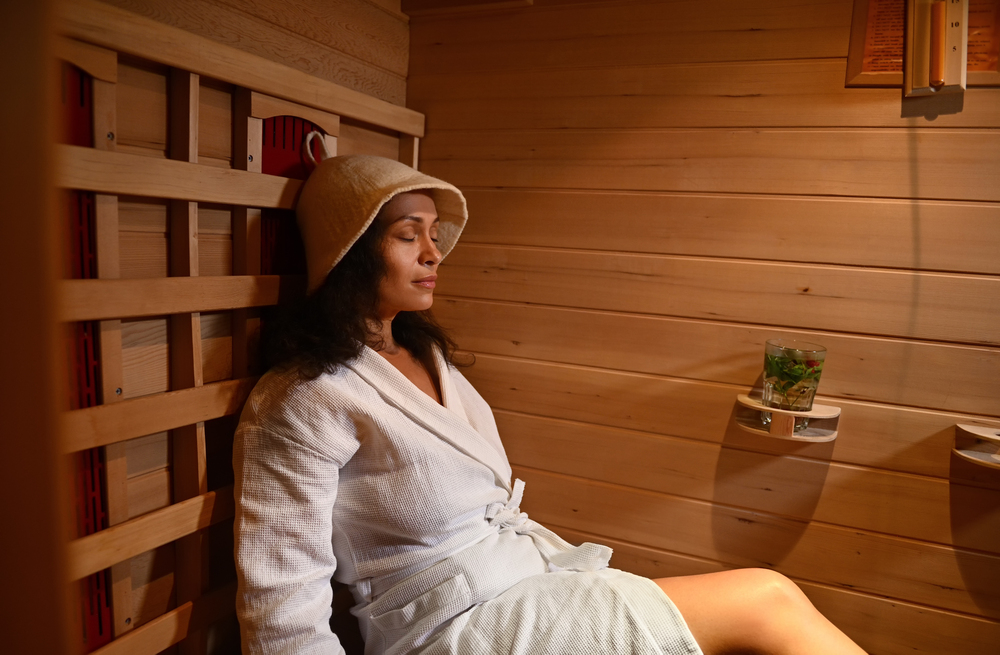
These traditional bathing experiences demonstrate that therapeutic waters serve as universal human gathering places where different cultures have developed sophisticated wellness practices that combine physical healing with social connection and spiritual renewal. The diversity of bathing traditions reflects local geography, cultural values, and accumulated wisdom about how thermal waters can support human health and community bonds across different climates and societies.
Modern travelers seeking authentic cultural experiences often find that traditional baths provide intimate insights into local customs while delivering genuine therapeutic benefits that industrial spa treatments struggle to replicate.
Like Travel Pug’s content? Follow us on MSN.
More from Travel Pug

- 20 Best Beach Towns in the Carolinas
- 13 Destinations Where Tourists Regularly Regret Their Trip
- 20 Destinations That Are More Magical Without an Itinerary
- 20 Underrated Adventures That Belong on Your Travel List
- 20 Cities Where You Should Just Wing It, No Planning Required
Like Travel Pug’s content? Follow us on MSN.N.
